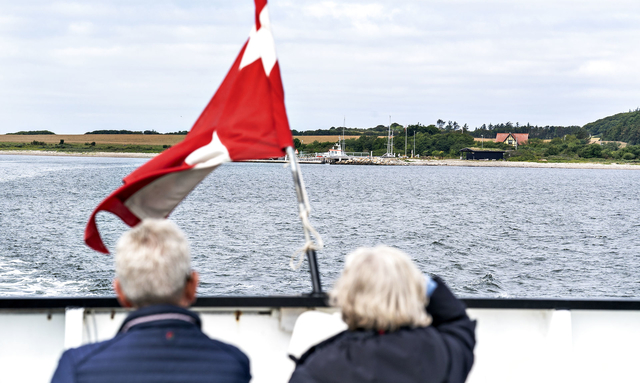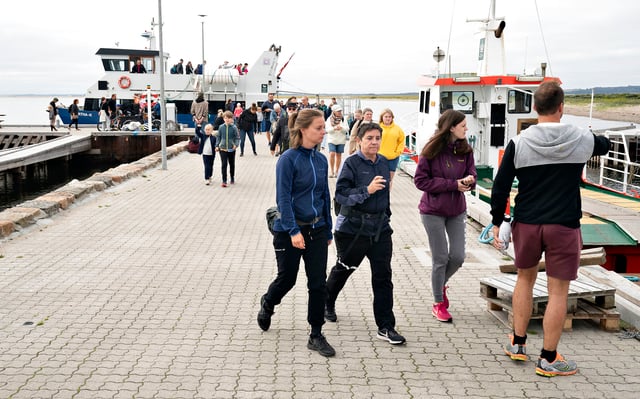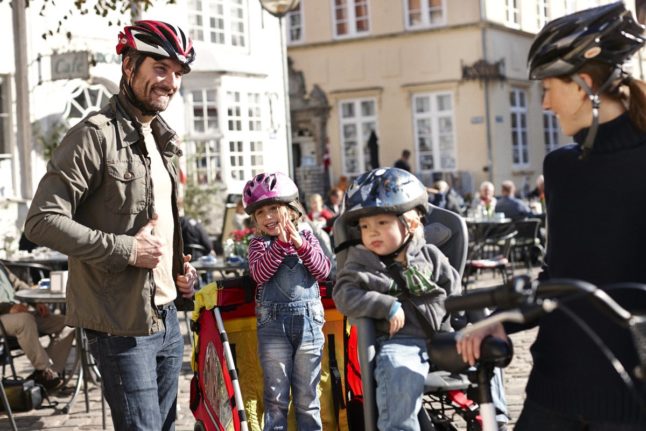On June 4th, Denmark’s government announced a 1.65bn kroner “summer package” to heavily subsidise trains, buses and ferries throughout Denmark. The package brings back the popular Travel Pass or Rejsepas and free ferry trips to Denmark’s islands and between Bornholm and the Swedish city of Ystad.
Although 1 million passengers took advantage of last summer’s free ferries, the 50,000 available travel passes sold out in only three days last year.
With 100,000 travel passes available this year, there’s still time to snag one and set off on an affordable summer adventure. Read on to learn how you can profit from cheaper travel in Denmark this summer.
When can you go?
Travel passes are valid for a consecutive eight-day period of the traveller’s choice between June 27th and August 9th.
Free ferry passage is available from July through September, but exact availability is up to each ferry operator.
Where can you go?
Travel passes allow for unlimited travel on DSB and Arriva trains, and on buses, metro services, local rail and light rail throughout the country.
The full list includes travel with You can travel with Arriva, BAT (Bornholm), DOT, DSB, FynBus, Metro, Midttrafik including Letbanen, Movia, Nordjyllands Trafikselskab (NT) and Sydtrafik.
To plan your trip and see route options, visit rejseplanen.dk.
How can I get my Travel Pass?
Travel Passes are sold on a first-come, first-served basis and are available for purchase online and in person at Copenhagen Central Station, Aarhus Central Station and at Odense Railway Station.
Although passes are still available, it’s best to buy yours soon. Last year, the 50,000 available passes sold out in three days. This year, more than 10,000 passes were sold within the first few hours they became available, according to Avisen Danmark.
This year, the passes cost 399 kroner for adults and 199 kroner for children between 12-15 years. Children under the age of 12 travel free of charge with an adult. The prices are up from last year’s offer, which was 299 and 149 kroner, respectively.
The last date you can buy one of this year’s 100,000 Travel Passes is August 1st, according to DSB.

What else do I need to know about my Travel Pass?
Travellers still need to book seat tickets on regional trains, including the Øresund train, as well as in InterCity and InterCityLyn.
Even though the Travel Pass offers unlimited travel, DSB encourages you to cancel any seat reservations you’ve made that you no longer need so that seat is available for someone else.
If you’ve bought several tickets in one purchase, one ticket will be issued and all travellers will need to travel with the original ticket holder whose ID matches the ticket. So, if you want to travel separately, each person must buy their own Travel Pass matching their own ID.
The passes aren’t changeable or refundable.
How do the free ferries work?
Free ferry passage is available to pedestrians, cyclists and handicapped drivers.
Unlike in last year’s summer package, ferry operators will be able to decide which departures are free, which is aimed at ensuring that the ferries do not become too crowded.
Last year, locals complained that too many tourists had swarmed the islands and made ferry travel difficult for locals. Last year, more than 1 million passengers took advantage of last summer’s free ferries, according to the Danish Transportation Ministry.
Although the free ferry offer lasts from July through September, it’s up to ferry operators to determine the free period if the company wishes to participate in the scheme. Check the websites of ferry operators along your desired route to see free available trips.
What other discounts can I take advantage of?
Restaurants will also be able to apply for grants of up to 35,000 kroner between June 24th and July 21st to provide discounts or hold activities to attract tourists.



 Please whitelist us to continue reading.
Please whitelist us to continue reading.
Member comments